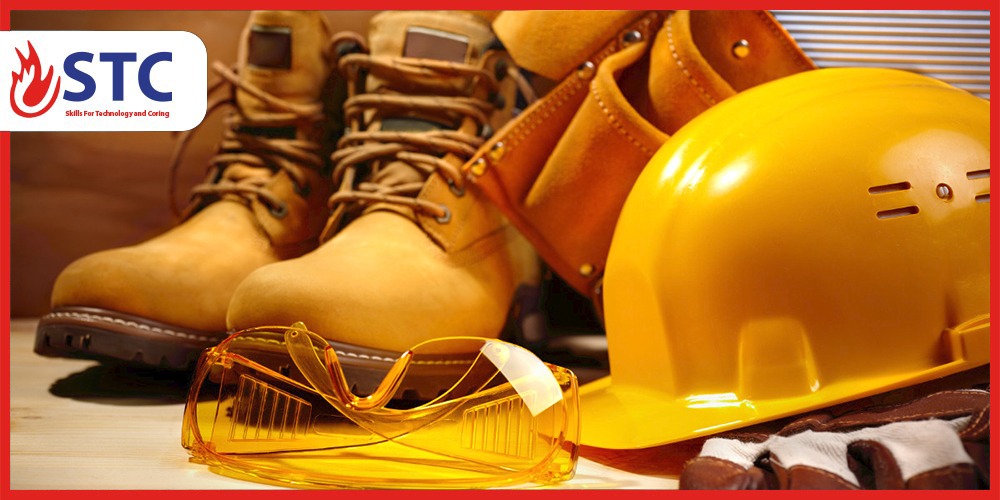How to Prepare Yourself and Your Space for Staying Safe
More than one million people are hurt using hand and power tools every year, according to the Consumer Product Safety Commission (CPSC). Not only do people suffer physically, but their injuries also often hurt them financially.
Using tools safely includes more than knowing the tools. Employees must pay attention to what they wear, how they carry their tools, and where they stand. To protect employees from the dangers of slips and electrical shock, managers should ensure floors are kept as clean and dry as possible. Tips for hand and power tool safety include choosing the right clothing:
- Do not wear loose clothing or jewelry that can get caught in a tool’s moving parts.
- Stay safe by wearing the appropriate personal protective equipment (PPE), like leather gloves, safety goggles, or face shields.
- Make sure your work area is level and you have good balance when using tools.
- Be aware of the people around you and ensure they stay a safe distance from your workspace.
- Never climb a ladder with a tool in your hand. Instead, find someone on the ground to hoist tools to you with a bucket or bag on a rope.
- Don’t carry pointed tools in your pocket. Carry them in a toolbox or cart instead.
- Use the right tool for the job. For example, don’t use a wrench to pound in a nail when you should be using a hammer.
- When appropriate, secure your project with a clamp or vise to keep it from slipping.
Choose the Right Tools and Take Care of Them
OSHA protects employees by requiring companies to ensure their employees use safe tools and equipment and follow safety guidelines. No matter how many years an employee has under his belt, reviewing the following tips for hand and power tool safety regularly is critical to staying safe.
- Buy quality tools. Hammers with wooden handles are not as safe as those made of steel hand tools. Make sure steel tools are heat-treated.
- If you find something wrong with a tool, don’t use it, and report the problem to your manager.
- Perform regular maintenance on your tools, like grinding or sharpening saw blades.
- Always follow the manufacturer’s instructions.
- Keep extra tools handy in case the tool you had planned to use is damaged.
- Make sure to store your tools in a safe place, keeping sharp edges from children and others who may get hurt trying to use the tools.
- When working up high, do not leave tools where they could fall on workers below.
To reserve HSI Courses click here
.jpg)

